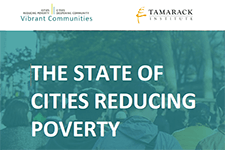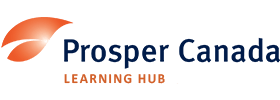Discover financial empowerment resources
Discover financial empowerment resources
Fresh perspectives and new approaches are needed to generate results and effectively address the complexity and interconnectedness of the social and environmental issues confronting communities. It is imperative that we build our collective capacity in the practice of community innovation. It is...

In 2022, The Communities Ending Poverty network raised the following question: How can we engage youth as leaders in poverty reduction efforts? At Tamarack Institute events in July 2022, local and national youth leaders shared experiences and advice on how collaboratives could keep improving their...
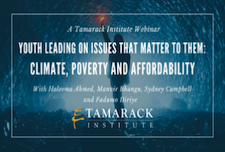
The Tamarack Institute develops and supports collaborative strategies that engage citizens and institutions to solve major community issues across Canada and beyond. Our belief is that when we are effective in strengthening community capacity to engage citizens, lead collaboratively, deepen...
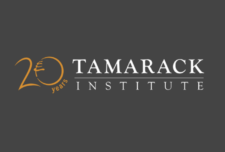
Our cities and communities are where people live. It is here we see the effects of public policy and it is here where we will address the issues that matter most to Canadians. The choices made today will impact Canada’s recovery from COVID-19. If we want a future where our cities are thriving, we...
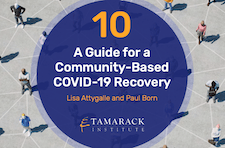
The Vibrant Communities – Cities Reducing Poverty 2020 Impact Report is the Tamarack Institute's first attempt at capturing and communicating national trends in poverty reduction and the important ways in which member Cities Reducing Poverty collaboratives are contributing to those changes. This...
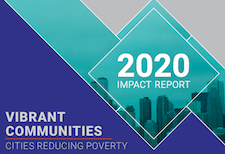
...
Low income lines are the most commonly used tool for defining and measuring poverty. They provide thresholds below which a household is considered to be living on low income. Low income lines can be constructed in different ways. This brief explains the LICO (Low income cut-off), LIM (Low income...
This article is about evolving frameworks for collective impact. CI is now a permanent – even dominant – part of the landscape of community change. We believe that it’s time for an evolution in the revolution. First, there has been enough experimentation with CI, by diverse communities...
For the past 15 years, I have had the privilege of working at the Tamarack Institute, where we observe, document, and teach collective action to individuals and communities seeking to improve their social and economic conditions. We have landed on five core ideas to explain and teach this community...
Poverty stems from experiences of exclusion and isolation in addition to a lack of financial resources, especially for equity deserving members of society. When individuals feel disconnected and undervalued, it can lead to a cycle of poverty that can be further perpetuated by race, ethnicity,...

How has the Vibrant Communities – Cities Reducing Poverty (VC – CRP) network contributed to poverty reduction in Canada? In seeking to answer this central question, the State of Cities Reducing Poverty paper highlights the network’s numerous and varied...
